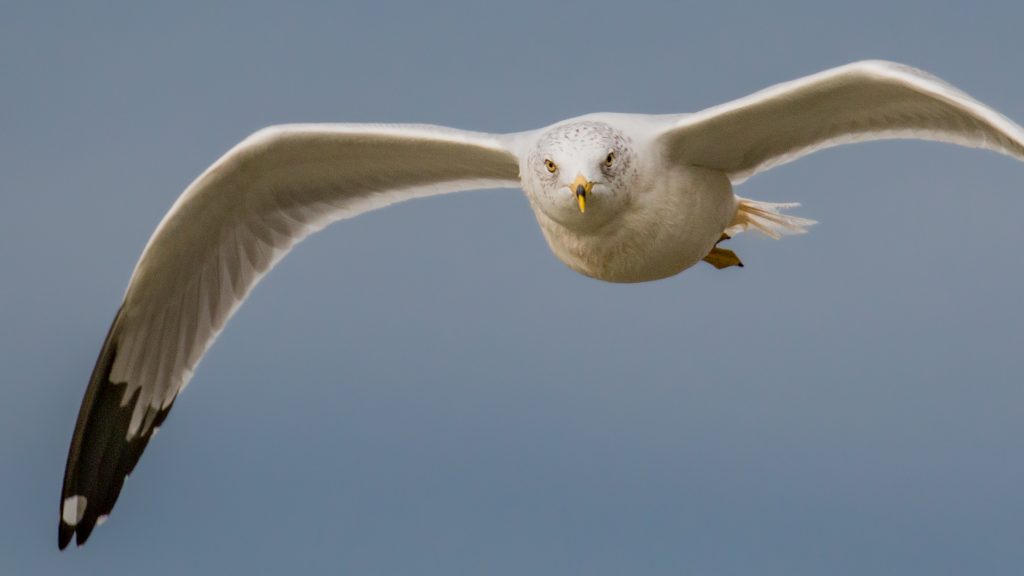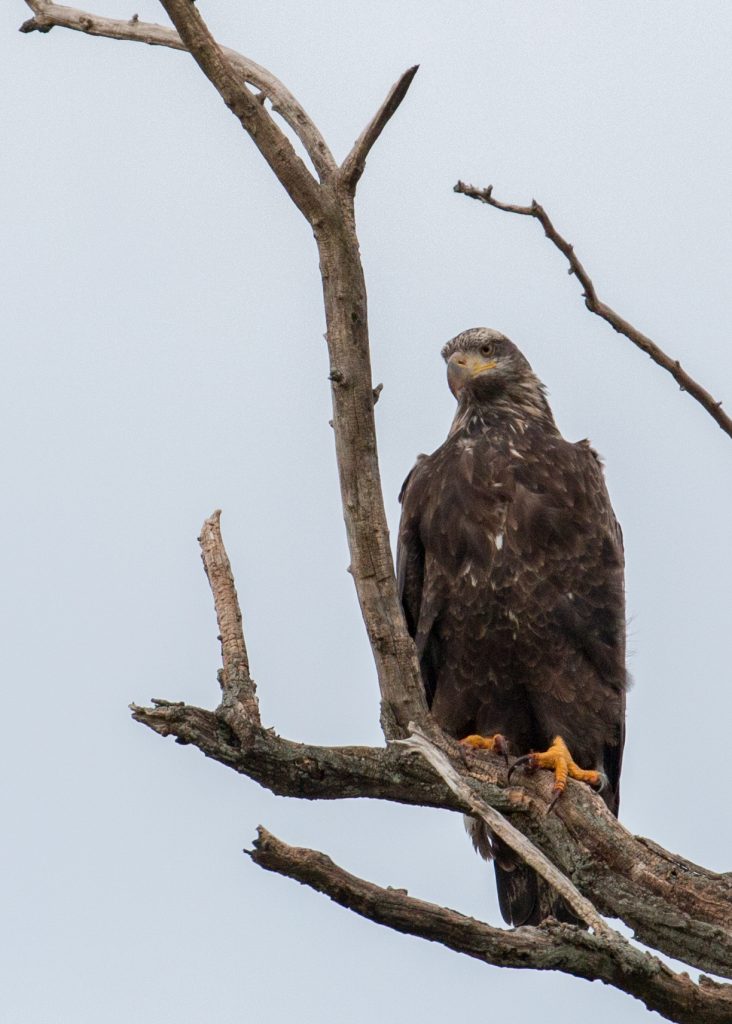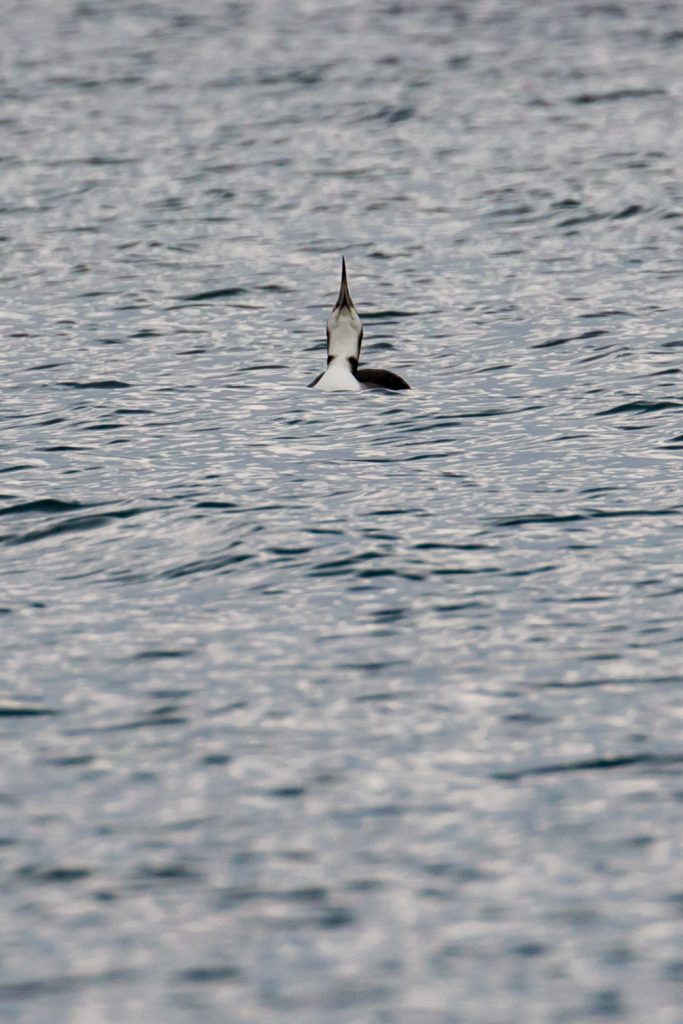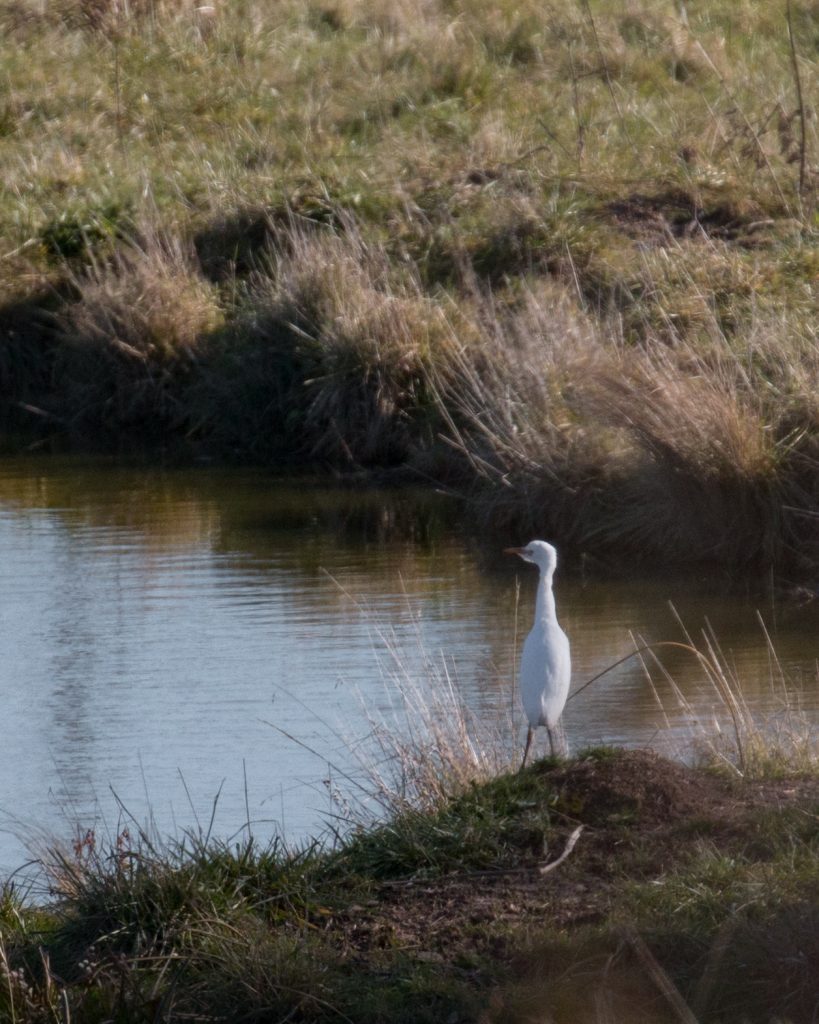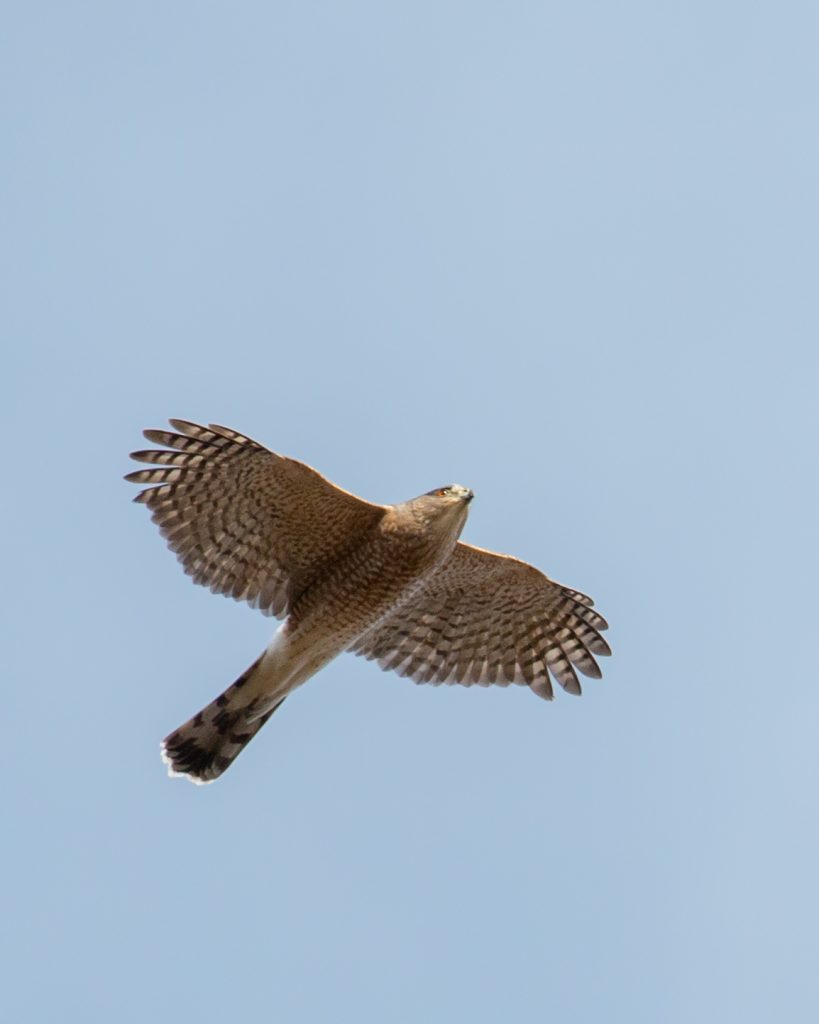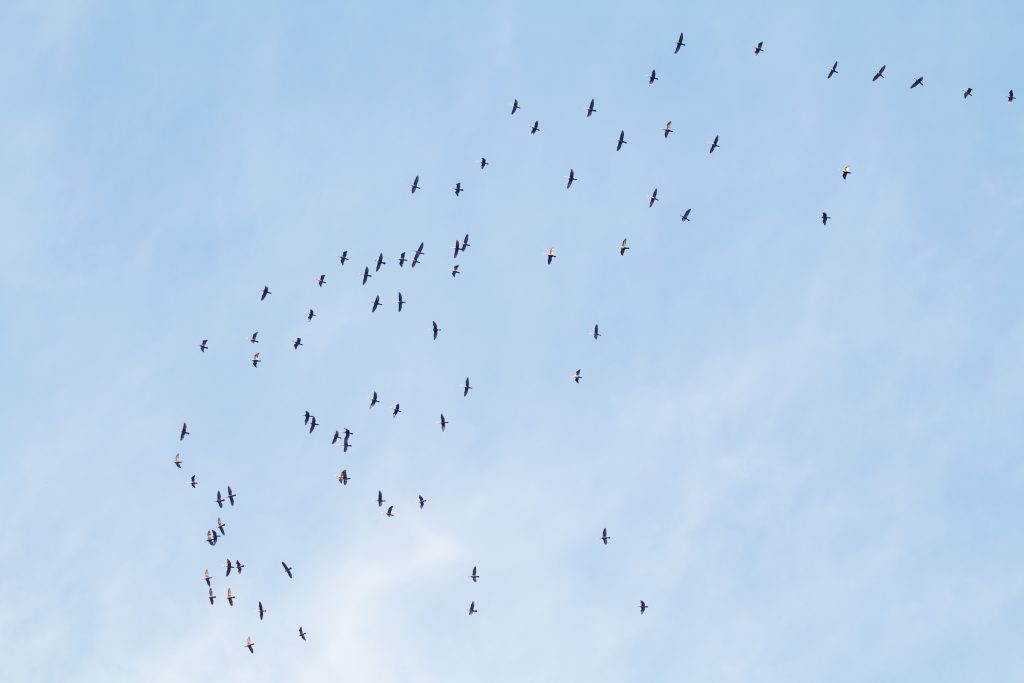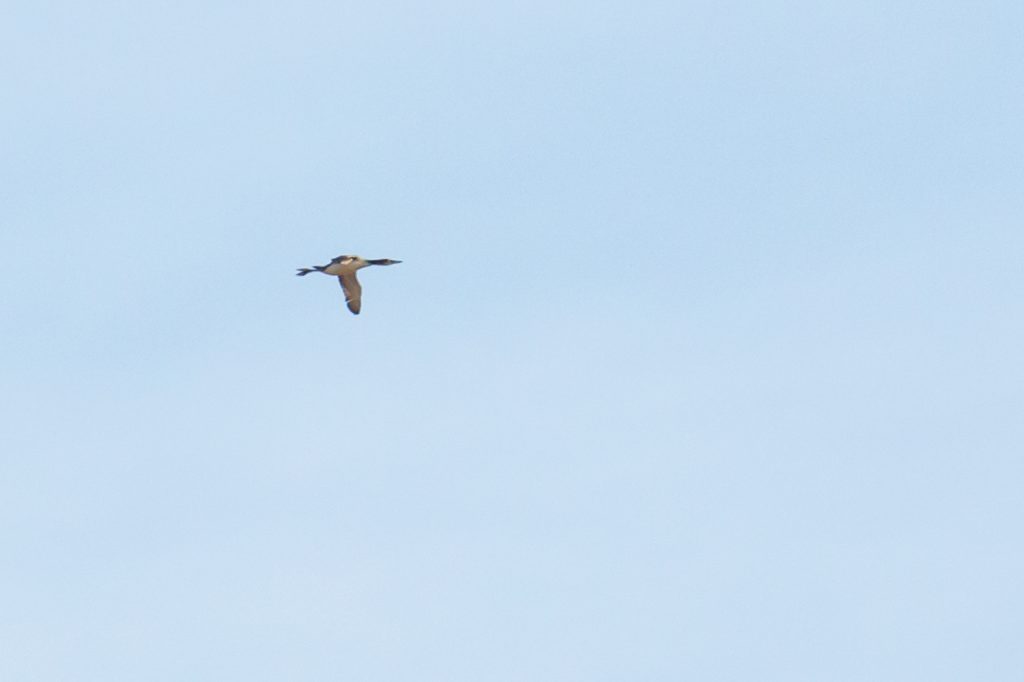
I decided to forego my Christmas shopping on Black Friday, and headed to Montezuma National Wildlife Refuge instead (that was a joke, by the way, I know, keep my day job). Birding the refuge can be a little bit overwhelming during duck migration. Black Lake, the first large body of water on the left on Wildlife Drive, was absolutely loaded with waterfowl! There had to be thousands of birds present. Some birds are close enough for good binocular looks and even some photos, but most of the birds are pretty far out – it’s a distant sea of waterfowl. For the day, I had a total of 15 species of swimming waterbirds at the refuge: Canada Goose, Tundra Swan, Northern Shoveler, Gadwall, American Wigeon, Mallard, Canvasback, Redhead, Ring-necked Duck, Lesser Scaup, Greater Scaup, Hooded Merganser, Ruddy Duck, Pied-billed Grebe, and American Coot. I also did alright with raptors, with: Red-tailed Hawk (3), Bald Eagle (4), Northern Harrier (3), American Kestrel (1), and ROUGH-LEGGED HAWK (1).

One of the more exciting moments was seeing an incredible 87 (!) SANDHILL CRANES. I viewed them from East Road – the birds were relatively obscured by vegetation which made getting a good count difficult. At first I counted approximately 60 birds, but then I discovered there was a second group, just 100 yards away. My best count was 87, but I’m sure there were some birds that were hidden and not counted.
I wanted to drive through Wildlife Drive one more time. I stopped by the visitor’s center and another birder told me that he had seen a SNOWY OWL nearby to the refuge just a little bit earlier. I ran for the owl, but alas, it must have moved and I was unable to relocate it. I did get lucky with the CATTLE EGRET that has been recently reported; a bird that I would normally be pretty excited about but I was bummed to have missed a Snowy by such a small margin. From there, I decided to leave the refuge and bird Cayuga Lake…
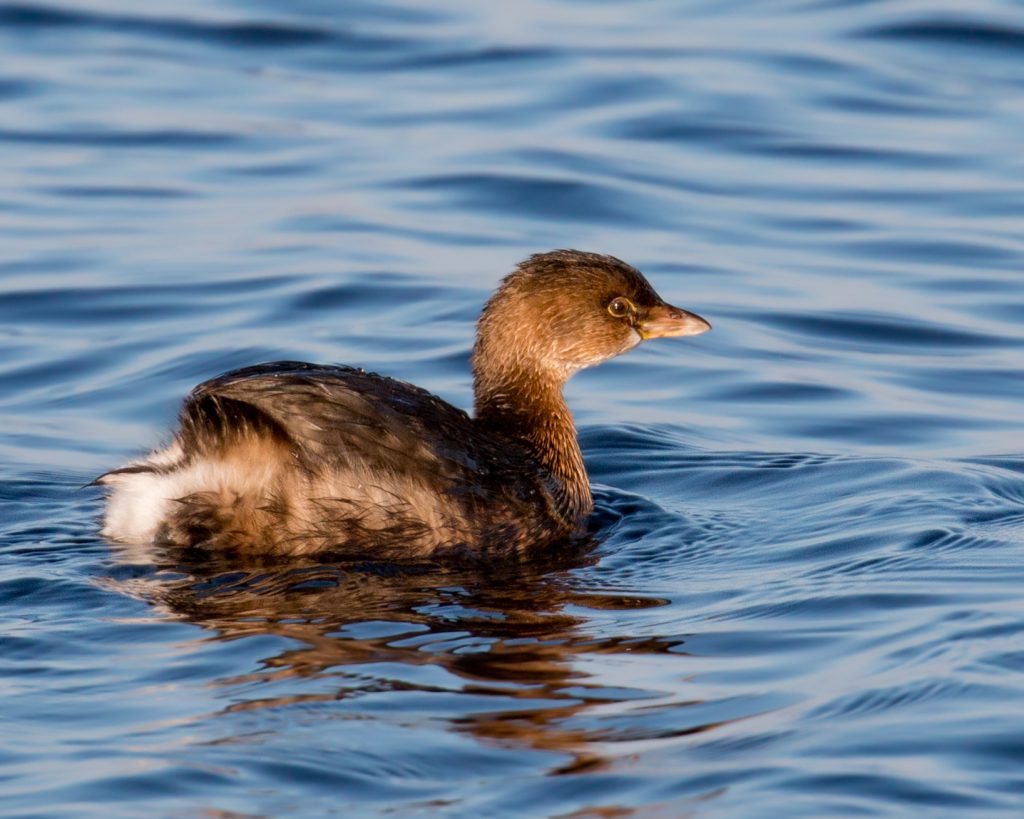
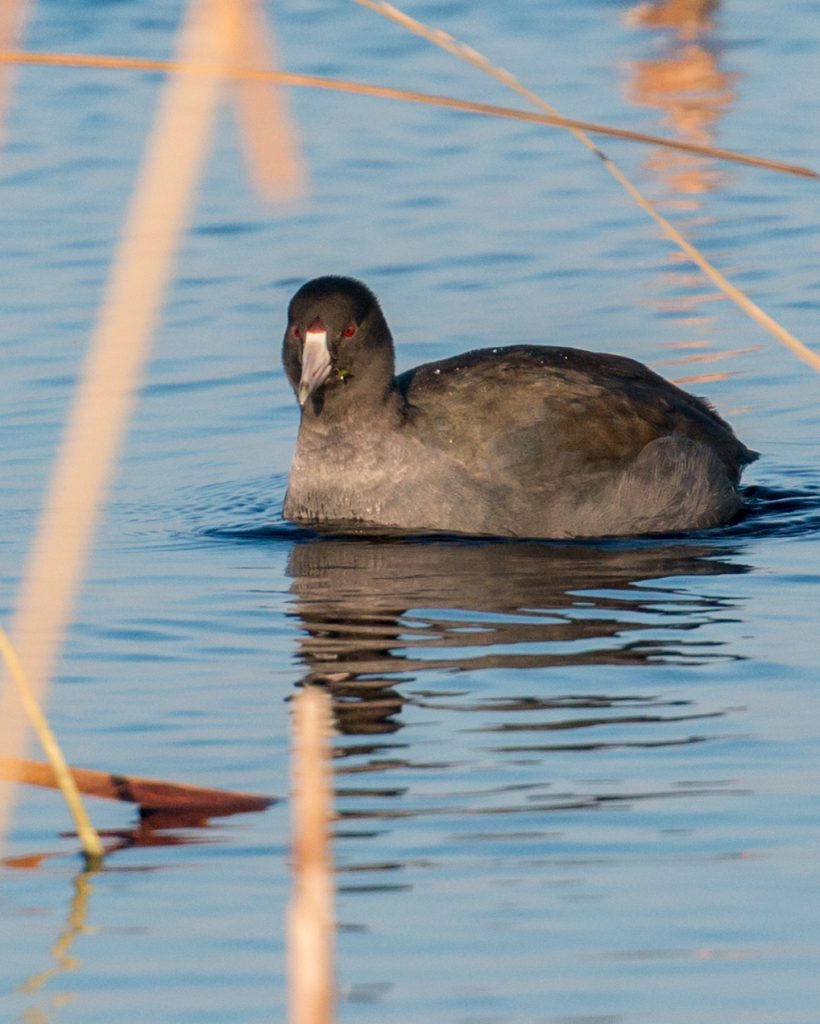
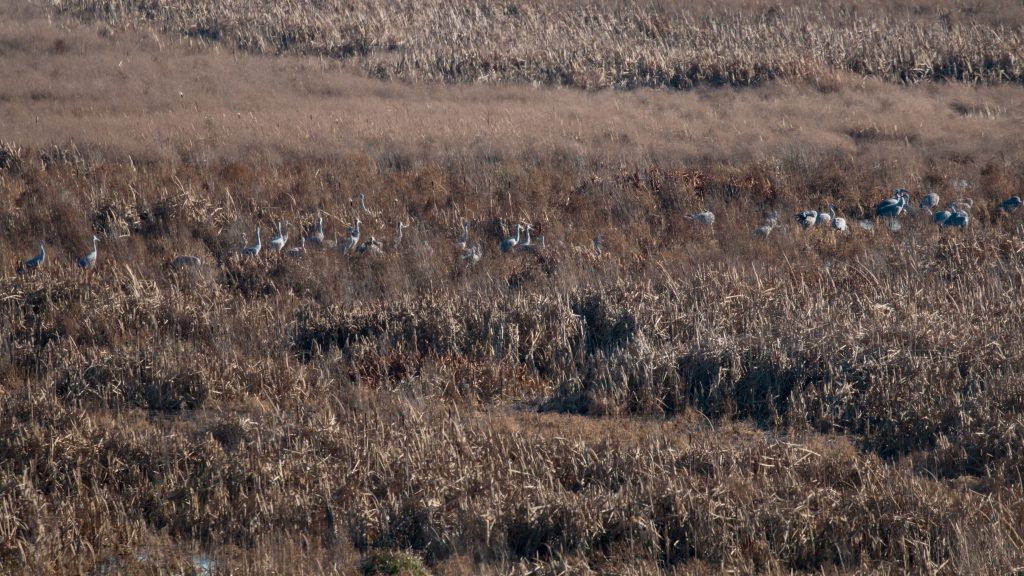
…I drove the west side of the lake and ended up at Cayuga Lake State Park, which had a nice dock for viewing the lake. I added 4 species of waterfowl (American Black Duck, Bufflehead, Red-breasted Merganser, and Horned Grebe), bringing my total for the day to 19. I was most excited, however, with the gulls present: Ring-billed, Herring, Great Black-backed, and BONAPARTE’S.
On Saturday morning I tried again for the Snowy Owl, but was unsuccessful. I also wanted to try Cayuga Lake again, this time I went down the east side of the lake. I was hoping to do better with Bonaparte’s for photos – I got much better looks, but the photos were terrible. I did add Common Loon, Double-crested Cormorant, and Common Goldeneye to my waterfowl list, giving me a total of 22 species in two days – not too bad. Good birding in Seneca County!
